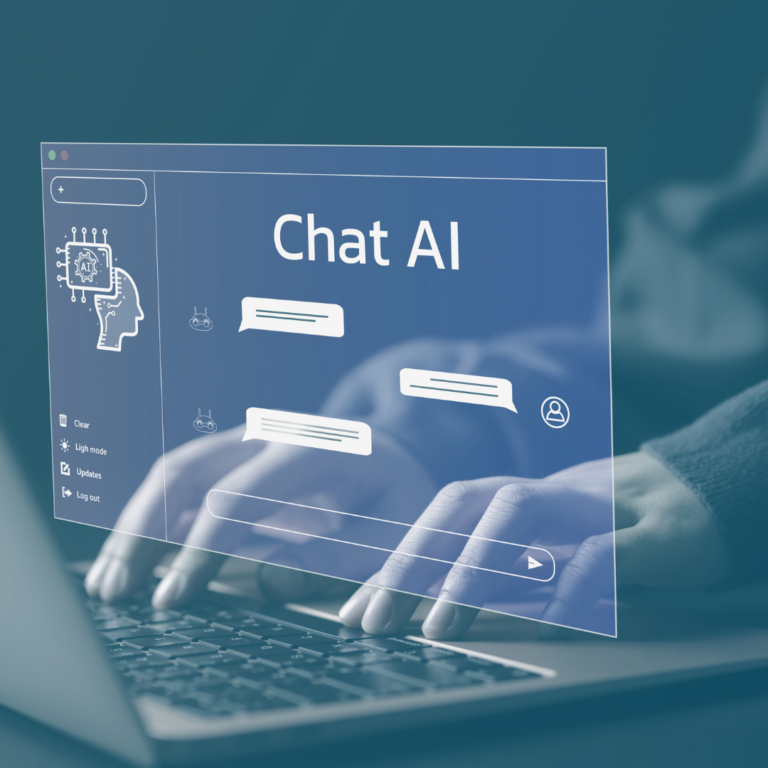Your AI Duo: When to Use RAG and When to Chat with ChatGPT
Artificial intelligence (A.I.) is becoming part of our everyday lives. Two popular A.I. technologies that help generate text are RAG (Retrieval-Augmented Generation) and ChatGPT. Although they may sound complicated, they each have simple ideas behind them. In this blog, we’ll break down what RAG and ChatGPT are, how they work, and how they differ.
What is RAG (Retrieval-Augmented Generation)?
Imagine you need to write an article, but instead of starting with a blank page, you have a super-powered search engine and a brilliant writer working together. That’s what a RAG system does.
Two Main Parts of RAG
-
The Retrieval Engine
Think of this part as a smart search tool, similar to Google. It looks through a database or a collection of documents to find the most useful and up-to-date information. For example, if you need to know your company’s HR policies, the retrieval engine will search through all available company documents to pull out the relevant details.
-
The Augmented Generation Engine
Once the information is found, this part steps in like a creative writer. It takes the data the retrieval engine gathered and turns it into a clear, well-organized answer or text. The result can be a detailed product description, an informative article, or a helpful answer to an HR question.

Imagine RAG as your very own dynamic duo in the world of information. Picture it like this:
- The Detective: This is the retrieval engine. Just like a detective scouring a city for clues, it searches through vast amounts of data (like documents, articles, or databases) to find the most relevant pieces of information you need.
- The Storyteller: This is the augmented generation engine. Once the detective has gathered all the clues, the storyteller steps in to weave those details into a clear and engaging narrative—whether it’s answering a question, writing an article, or creating a product description.
Together, this duo ensures that you get accurate, informative, and up-to-date content every time, just like having a top-notch research team ready to deliver the perfect story based on the freshest clues!
RAG is like a dynamic duo—its retrieval engine acts as a detective gathering the freshest clues, while its augmented generation engine becomes the storyteller, weaving those clues into clear, informative content.
What is ChatGPT?
ChatGPT stands for Chat Generative Pre-trained Transformer. Unlike RAG, which fetches fresh data from external sources, ChatGPT is like having a conversation with a very knowledgeable friend.
How ChatGPT Works
-
Built on Deep Learning
ChatGPT has been trained on a large amount of text from the internet, which helps it understand and generate human-like language. It is excellent at chatting, writing blog posts, creating creative content, and even answering general questions.
-
Based on General Knowledge
Since ChatGPT uses a broad training dataset, it might not always have the most up-to-date information. However, it can produce engaging and natural-sounding text, which makes it great for content creation where personal touch and conversation are important.
Imagine ChatGPT as your friendly storyteller sitting by a campfire, armed with a huge, well-worn book of stories. But here’s the twist: instead of truly understanding each tale, it’s like ChatGPT is flipping through the pages of this book to see which words and phrases often appear together—almost like piecing together a jigsaw puzzle based on familiar patterns. It doesn’t “get” the deeper meaning behind the words; instead, it uses its massive collection of text fragments to craft a response that sounds natural and engaging, just like mixing your favorite tracks to create a new playlist.
How Do RAG and ChatGPT Differ?
Choosing between RAG and ChatGPT comes down to your needs: opt for RAG when accuracy and current data are key, or choose ChatGPT for its conversational, creative flair
Even though both RAG and ChatGPT generate text using AI, they serve different purposes:
-
RAG is like a dynamic research assistant:
It searches for the latest and most relevant information (just like using Google, but rather than searching the world wide web, it searches a specific document library), and then writes a clear, accurate response based on that data. This makes it ideal when you need very precise and current details—think of writing detailed market reports or product descriptions that must include recent facts.
-
ChatGPT is like your chatty, creative friend:
It relies on what it has already learned and creates engaging, human-like text. It works best for creating conversational content such as blog posts, social media updates, or creative product descriptions where the focus is more on style and interaction rather than the very latest data.

In conclusion, both RAG and ChatGPT have their strengths, and knowing the difference can help you decide which tool to use based on your needs:
- If you need up-to-date, fact-based content, go with RAG. It’s perfect for tasks where accuracy and real-time information are key.
- If you’re looking for engaging, creative writing that feels natural and friendly, ChatGPT is your go-to solution.
By understanding these differences, you can choose the right AI tool to boost your business content, streamline your workflows, and keep your audience informed and engaged.
Stay ahead of the AI curve—follow CROPLAND on LinkedIn for the latest updates, insights, and news that’s smarter than your average scroll.


